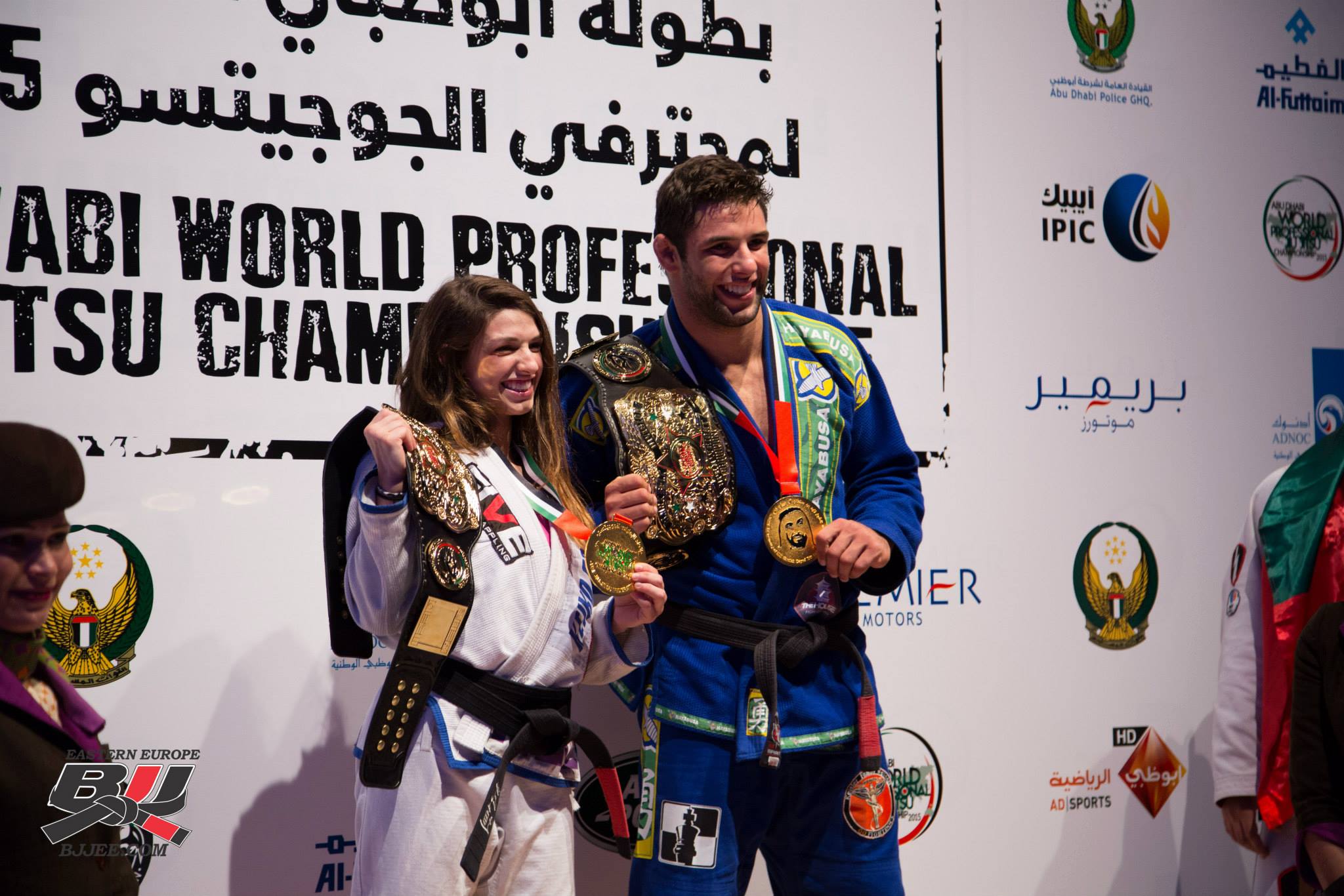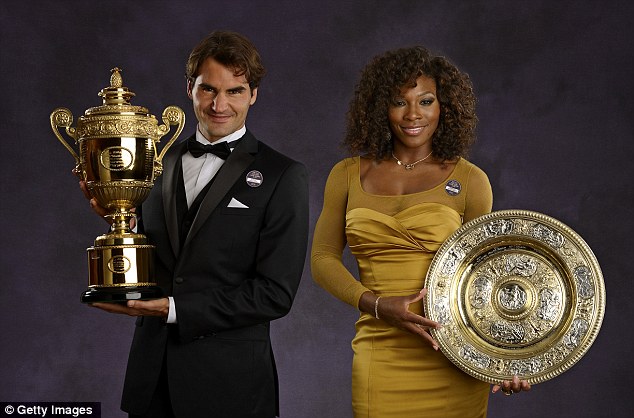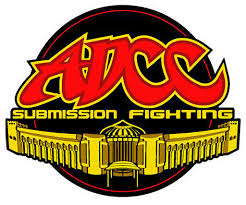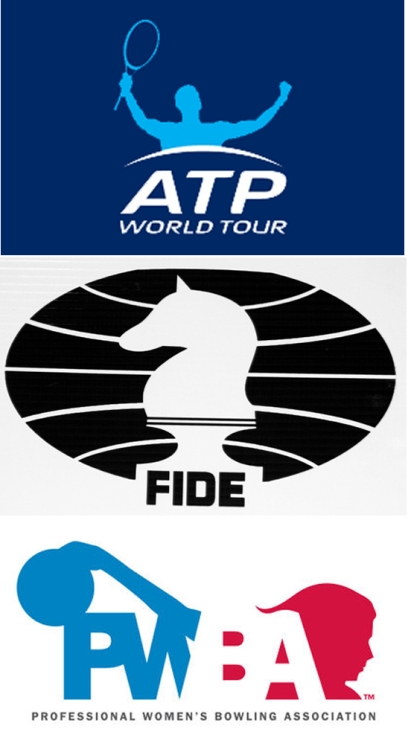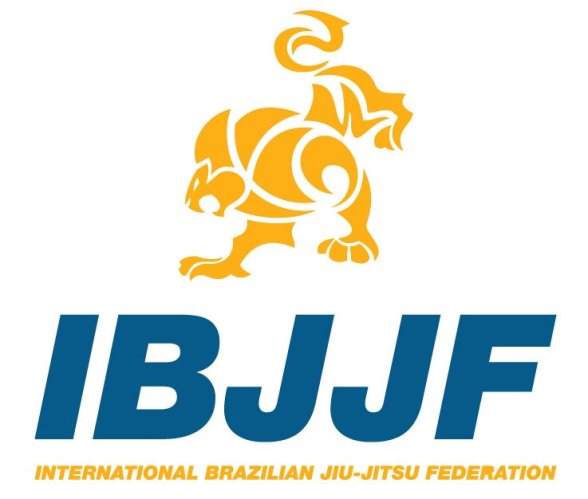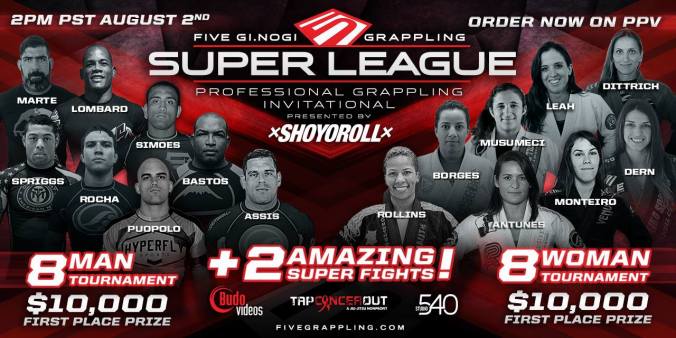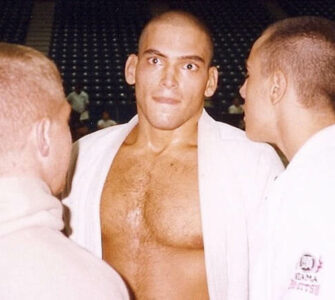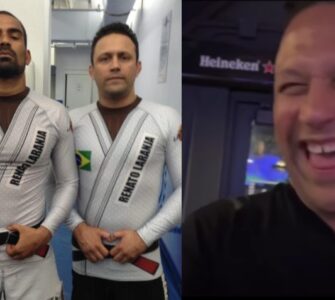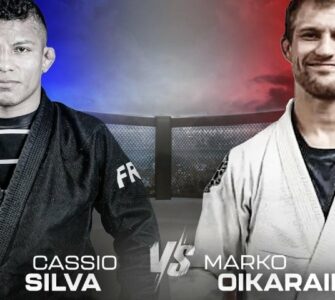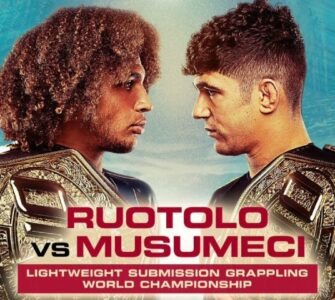Guest post by Eric York, BJJ purple belt, world traveller and president of BJJ Lifestyle brand Yolo BJJ.
In our first installment we took a look at the hard math behind the accusations and determined that, indeed, women are being offered somewhere around 1/8th the prize purse as men in “Pro Jiu-Jitsu”.
In the second installment, we took a look at some other professional sports and determined that, in many pro sports (tennis and bowling among them) women and men are actually paid the same for their efforts. This told us that it was indeed possible and that, even though the male versions of these sports might be more “popular,” equal payouts can still be made.
In our third installment, we investigated the mechanism behind the even payout schedule of these other sports to determine how they manage to offer equal prize money to both men and women. We found, and what I have found since, will be presented here as the final installment of our piece. The results of which, while I believe they are accurate, will likely not please many.
Here is what we know: The IBJJF is hosting the “BJJ Pro” series and they are offering a combined payout of around $25,000.00 US to the male brackets and around $2700.00 US to the female brackets. Meanwhile, other pro sports are offering much larger AND equal payouts to both sides of the brackets.
We also know that these other pro sports (tennis, bowling, and even chess) use 100% sponsor money to provide for the player prizes while the IBJJF appears to be paying prize money based on projected registration values. Therein is where the critical difference lies.
The IBJJF “BJJ PRO” event is, in fact, not a “PRO” event at all. It is nothing more than a lightly veiled amateur event (no notable difference between the other IBJJF events) that is offering to “kick-back” some of the registration fees to the winners of the tournament. I know this might sound petty, but it is a critical distinction to understanding why BJJ is so “out of sorts” when it comes to the professional arena.
To date, in the Brazilian Jiu-Jitsu market, there has not ever been (although, I think there was an early attempt back in the mid-late 90’s) a “Professional Jiu-Jitsu” anything. *Note – I have looked and looked and have not been able to find a “true” professional BJJ anything. If I am wrong, please inform!
Now you are going to start saying: “wait…there is THIS tournament, or THAT tournament that paid out money (ADCC and FIVE SUPERLEAGUE….).”
Yes, that is true. Unfortunately, this is not the true (sole) distinction between an amateur and a professional event (although, both the ADCC and FIVE Grappling SL come very close).
When we look back into the investigation of other professional sports there was one commonality that all of them had: A “Professional Association” that looks out for the well being of the athletes.
Yep… the tennis world has the “Association of Tennis Professionals” (ATP). The Bowling world has the “Professional Bowler’s Association” (PBA) and Chess even has the “Federation Internationale de Checs” (FIDE).
You might be thinking…”But wait, BJJ has the ‘International Brazilian Jiu-Jitsu Federation’!” (IBJJF)…and you would almost be right. You see, what separates the IBJJF from EVERY other professional sports association is on simple, little thing: PROFIT.
The ATP, PBA and even FIDE are all “Not-For-Profit” organizations whose focus is to look after the well-being of the athletes and towards the growth of their sport. They oversee the organization of events and ensure that those events meet certain, minimum standards as far as structure and payouts.
Now, the IBJJF might very well be looking after the growth of the sport but they are by no means (by virtue of their “for-profit” nature) obliged to look after the well-being of the athletes. That is the role of an athletic association.
These associations are, generally, made up (at least partially) of the athletes, for the benefit of the athletes whereas the IBJJF is made up of…well, themselves. We shouldn’t fool ourselves into thinking that their first concern is the athlete. I mean, it’s cool that they are kicking some money back to the competitors but it will not, and will never be enough to ensure the financial success of the top BJJ athletes of the world – which should be the goal of everyone that loves the sport!
So, what needs to be done to remedy the problem? How can we bring BJJ into the modern era of “Professional Sports”. Well, that’s a tough question and there is more than one piece to this answer but….here we go:
- A professional organization made up of the athletes, for the benefit of the athletes must be formed. It must be a Not-For-Profit organization and it must have the support of the athletes. Think of it as an “Athlete’s Union”.
- In order for this organization to grow the sport of BJJ it MUST be the organizer of events ( or at least of “professional” events) rather than the event presenter. The organizer has the power and responsibility for arranging the sponsors, event locations and ranking and rating systems. The event presenter (the location or organization actually “putting on” the event) would be responsible for meeting the minimum requirements of the Association.
- Professional BJJ competitors MUST agree NOT to compete in non-sanctioned events. Regardless of the prize money offered, if a professional association is to have any power over the structure and payouts of professional events, it must have the cooperation of the top players in the world.
- Lastly, Because BJJ is a relatively new and fairly unknown sport the competitors MUST expect that payouts WILL be small until the spectator fan-base grows to an extent that will support larger “sponsor” participation.
Think about this for a second: If true professional BJJ is to be successful there must be enough sponsors, that are big enough, to put out large sums of money to the organizer. In order for these sponsors to do so, there must be a payoff on the investment. Sponsorship: advertising and advertising dollars must < consumer return.
Sounds easy, right? Not so much. You see, here is the rub: The very thing that draws many of us to BJJ is its highly technical and demanding nature. Because of this, BJJ limits its own fan base. The people you see packing the stands at the IBJJF Mundials are mostly other athletes who just aren’t competing that day or their immediate friends and family. BJJ is not a “spectator friendly” sport when it comes to “Joe Normal”. Those who can remember the early days of the UFC (somewhere between UFCs 10-20 or so) will remember crowds booing the athletes when they were in a tight technical battle on the ground, throwing trash into the ring, and crowds leaving the arena in the middle of a fight, etc. Spectator growth was the second biggest challenge that Zuffa faced in making the UFC a profit machine. *Note – Professional MMA athletes are suffering from the same lack of a “Professional Association” as BJJ is, as can be noted in the recent Reebok deal which locked in low fight payouts and stripped athletes of their sponsors.
So, who can fix it? This is also tough. The IBJJF is the largest event presenter in the world and with the invent of the BJJ Pro, as unfair as the payouts are, one of the highest paying organizations. They have what is known by economists as an “Economy of Scale”. Which means, they have been around long enough, and have become large enough to limit entry of new organization into the market. In short, it is hard to compete with them. They certainly have the power, money and expertise to found a “Professional Organization” but, I strongly suspect that they will not. It is not in their best interest.
Why can’t anyone just start an organization and all the athletes can just sign up? Well, they could. And it might even be a great organization! But it will be tough and we will only have ourselves to blame. Here’s why: Let’s imagine that I start the first “Association of Professional Grapplers” and then I advertise to the world that we will support the grapplers and that they should all join for $150.00 year (I could probably even give out a magazine subscription and a T-shirt, then I tell all those athletes that, as a member, they must agree NOT to compete at any “pro” event that isn’t sanctioned by the association. Sounds good so far.
Then, the ADCC invites start going out, or maybe the IBJJF Mundials (same monster). The association calls them up, tells them that there will be certain fees and concessions to be made to the association. Maybe we even have some certain rules that must be integrated and most importantly: minimum prize money for a “World Championship”.
My guess is the IBJJF is going to tell me to go shove it, which would technically be okay for the Association but the big determiner is what happens next!
I send an e-mail / memo out to ALL the newly “Professional Grapplers” stating that the IBJJF Mundials is an “Unsanctioned” event and that no members can participate in the event. You can see where this is going….
The fate of the entire association rests in the hands of the athletes. If they decide to compete anyway, the association is doomed. If they don’t compete, then what do they do?
Yet, there is some hope. There are some smaller presenters such as FIVE grappling that have just enough of a foothold to present an alternate World Championship, should they choose to work with the Association. It is not all doom and gloom. It is possible that, if enough key players (big names like Viera and Cornelius) would agree to a different host for the World Championship that everyone else would jump on board.
So, creating a truly professional atmosphere for BJJ is possible, although I predict it will be tough. But what about that prize money? Well, it will be small…at least at first. In the beginning prize payouts could be paid by a combination of sponsor money, entry fees, PPV streams, and gate (remember, we must leave enough for the host to be profitable) but in the long run, to increase payouts to a “wage-paying” level there must be more spectators. When you see the crowds at big money sports like tennis, realize that they are not made up of competitors. The huge crowds are made up of fans of the sport. And these big crowds draw big money sponsors. I don’t believe that BJJ will ever be so big that we can support large payouts based on the practitioners watching it. We will need real spectators to draw real sponsors.
Well, there it is. The real reason Women aren’t being paid the same as Men is because there is no professional body to ensure that the athletes are being treated fairly. Further, the spectator base isn’t large enough, currently, to draw enough sponsor money to provide for both sides of the bracket. There is a very long road ahead for the Men and Women who seek to be full-time “Professional” Jiu-Jiteros.
The first step is the formation of a Professional Association. Without that, BJJ will always be a hobby. Yes, a very, very few people will make some money (probably not enough to be a full-time competitor)…but it will not be a professional sport until that first step has been taken. The big question now is: Who will take that first step?
The winners were Paulo Miyao and Mackenzie Dern who received $15,000. Joao Miyao who was ranked second was awarded $4,000, and Bernardo Faria who came third, won $1,000. For the females, Andresa Correa (2nd) won $4,000 and Bia Mesquita (3rd) won $1,000.

